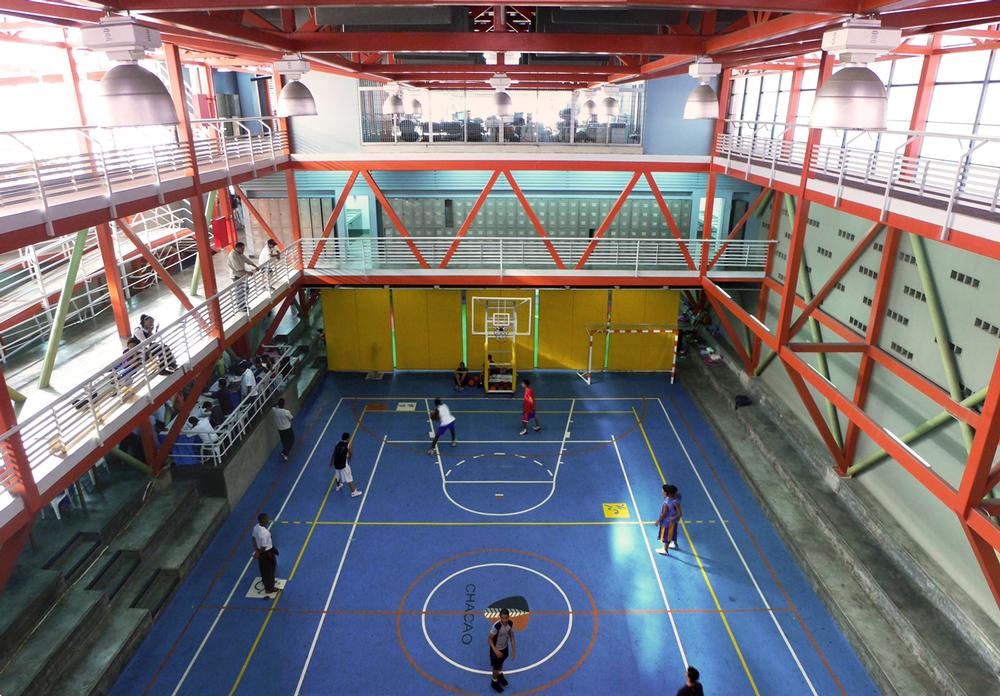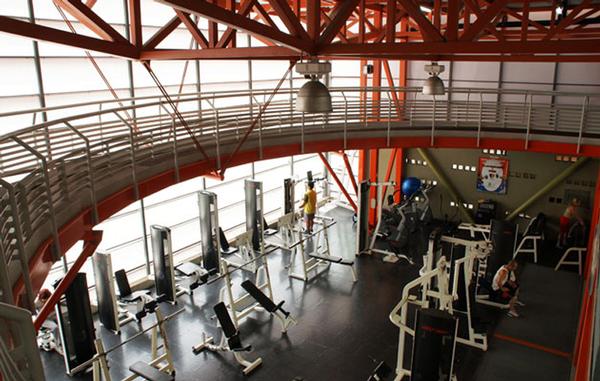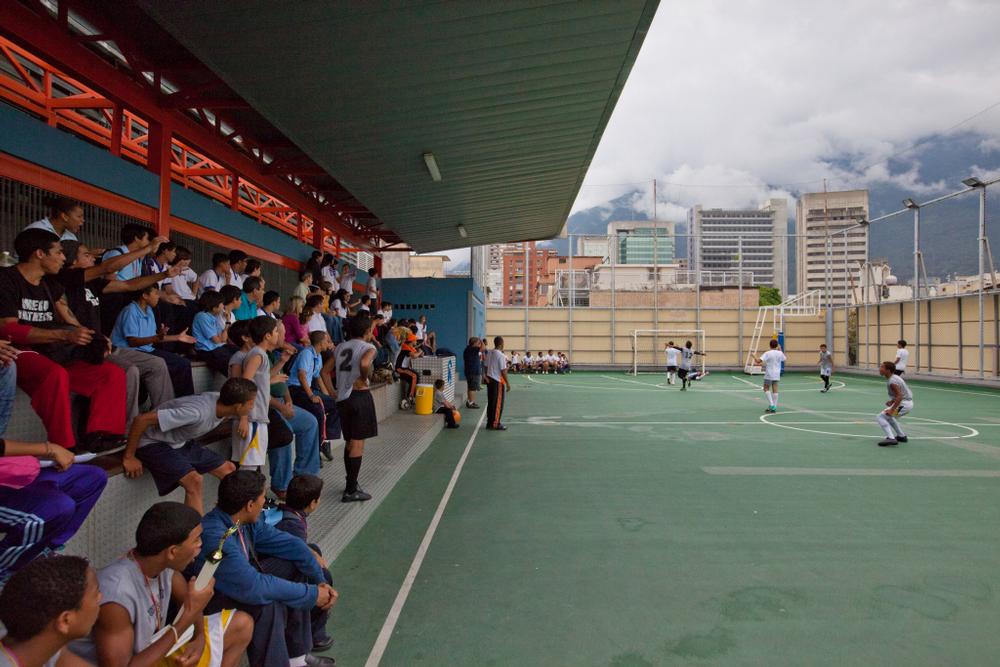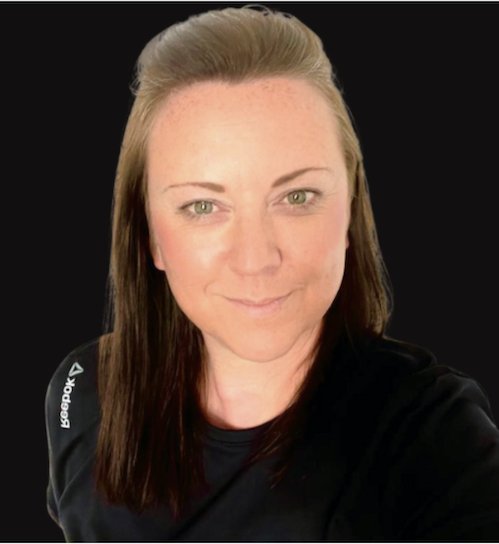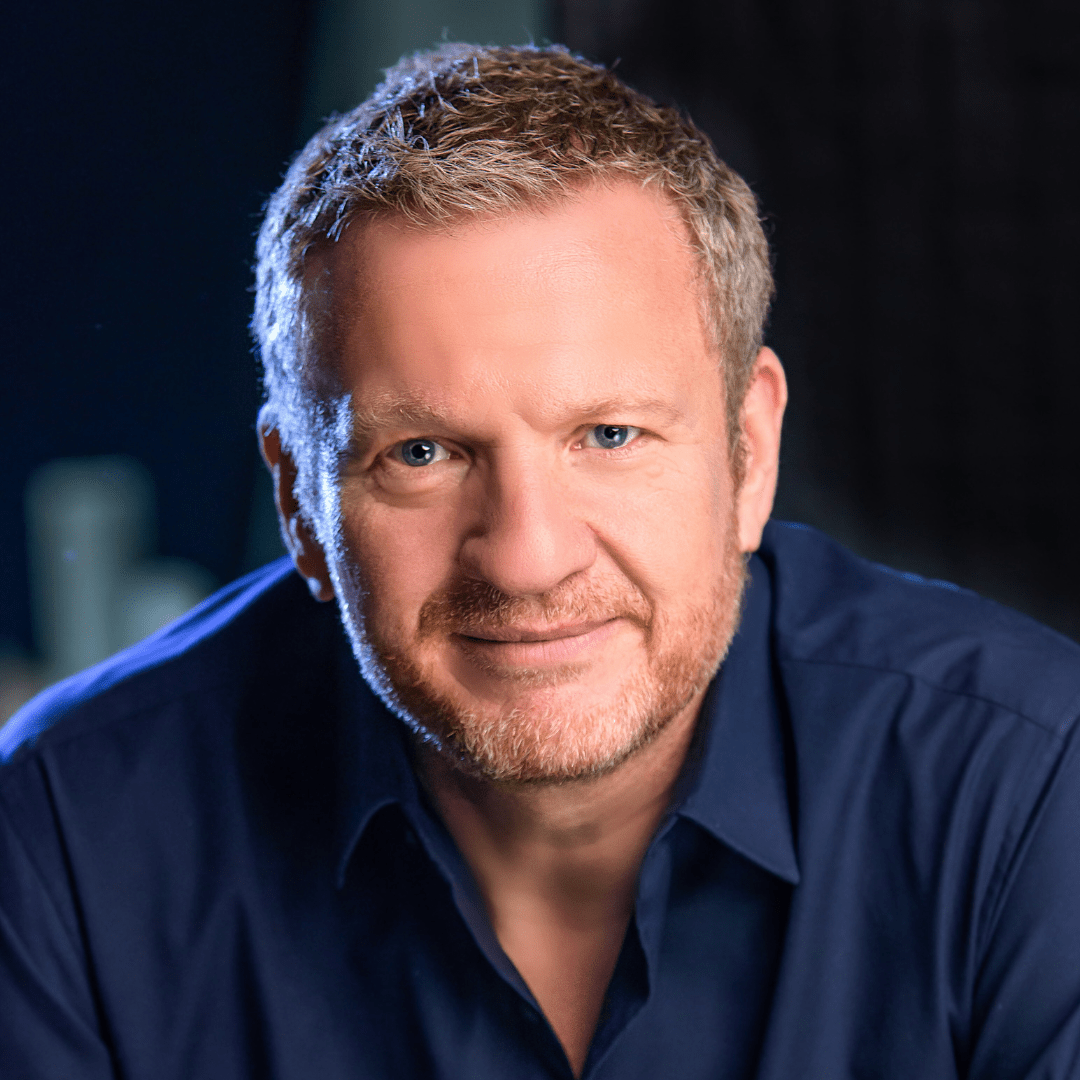Q What sort of company is Urban-Think Tank (U-TT)?
U-TT is an interdisciplinary design practice dedicated to high-level research and design in architecture and urbanism. It’s partnered with ETH Zurich, the university where we both lecture on architecture and urban design.
The point of departure for our research is architecture’s failure to define informal urban settlements (shantytowns) and their effects on the city. Our current research and our work over the past decade aim to increase understanding of the informal city from three perspectives.
Firstly, from a humanitarian standpoint, urban shantytowns are wracked with problems, not least of which are poverty and a lack of support from professionals. Secondly is the theoretical standpoint. What defines an urban environment? Who are the actors at work in determining what draws people to urban areas? What are the different sectors within a city and which demographics have settled in each? All of these are questions we ask ourselves before engaging with projects on the ground. Finally, from a design standpoint, informality allows for innovation: while there are set rules governing much of the formal realm of design, there’s no such rulebook in the informal sector.
We operate under an experimental research and teaching methodology that rethinks the former physical limitations of contemporary architecture, shifting the emphasis from form-driven to purpose-orientated social architecture.
We aim to merge the methodologies and the expertise of previously separated fields with the ultimate goal of improved urbanism: politics, design, research, education, NGOs, community leaders, international finance groups. These actors are all at play within the city and have a hand in its successes or its failings, and we seek to integrate them all the way through the decision-making process.
Q What sort of projects does U-TT get involved with?
We close ourselves off to nothing. That said, we specialise in designs particularly for urban slums. Our most extensive work has been focused in Latin America, but we also have projects in the US, Netherlands, Trinidad and Tobago, and have several European-based projects in the pipeline.
We focus on slums because informal communities are where we’re seeing the most rapid urban growth at the moment. Mega-cities like Athens are shrinking as people flock to mid-sized cities. These mid-sized cities are ill-prepared for such surges in population, and as a result informal communities spring up that are easily expandable. If these are the current and future sites of growth and urbanism, we want to be right there in the throes of it all.
Along with a clear and pressing need for urban design, these areas tend to be swept under the rug by those who have the tools to bring about the most change for good. There’s plenty of research being done and policy being created for the formal sectors, but as the formal city shrinks and the informal balloons, we can’t ignore the call for a shift of interest. We hope researchers and developers see our work and are inspired to follow us into the informal city, working to blur the dividing lines between the ‘haves’ and the ‘have-nots’.
Q One of your concepts is the Vertical Gym. What is this?
The Vertical Gym (Gimnasio Vertical) is a replicable prototype – a kit of parts that can be assembled in custom contexts and modified to fit different programming, financial and ecological demands. It consists of three floors and a rooftop court that provide an extremely efficient variety of spaces for different recreational activities.
We came up with the idea when we were both studying at Columbia University in New York City. The university gym was built underground, going down through several floors to make an efficient use of space in the dense urban environment. Vertical Gym takes this thinking and adapts it for the informal sector, using a frame and a set of materials that are feasible for lower-cost, informal sector construction.
Our pilot Vertical Gym opened in 2004 in Barrio La Cruz, Caracas, Venezuela. It transformed the site of a former makeshift soccer field into a fitness complex with a total floorspace of 1,000sq m, offering basketball courts, a dance studio, weights, a running track, a rock-climbing wall and an open-air soccer field.
The former training ground was located at street level, and due to the densely built surroundings could not expand outwards. The solution was to build upwards. The first of its kind, this Vertical Gymnasium now bustles with activity day and night, and currently welcomes an average of 15,000 visitors a month. We’ve been particularly happy to find out that it’s helped lower the crime rate in this barrio by more than 30 per cent since its inauguration.
All of our Vertical Gyms are non-profit entities. That said, the cost to users varies depending on the municipality in charge of the complex. In the case of our Barrio La Cruz pilot, use of the soccer complex is completely free, and there’s a very low membership fee for use of the gym equipment on the upper floors. All costs bring in revenue to the body running the complex, but not to the extent of running a profit.
Q What does it cost to build a Vertical Gym?
The gym itself is a highly adaptable prototype that can be easily replicated and altered for the needs of the locale or the client. One of our prototypes features a steel frame, while another uses both steel and concrete. Choice of materials will alter costs a bit, but excluding the cost of land, building each gym has so far come in at about US$2m.
The gyms we’ve constructed in South America have been financed by a combination of private investment and city mayors. These sites function primarily to serve low-income communities and provide public space, so they don’t directly generate profit from the end users.
That’s not to say the design couldn’t cater for a different crowd and generate high returns. A high-end version could easily be retrofitted into New York’s Upper Eastside, for example. The model is malleable to the desire of the client.
Q How did you engage the inhabitants of Barrio La Cruz in physical activity?
Little persuasion is needed. These people want to play football, to release the day’s tension by going for a run, to impress their girlfriends with their muscle definition. They want what any formal community wants. If you build a gym in the formal sector with next to no barriers to entry, you don’t have to beg people to use the facilities.
However, the key to maximising use of the facility is to engage in community involvement from the beginning of the design process. We were on the ground asking residents of the barrio exactly what they wanted and what their neighbours needed most. This practice gives the community a stake in the construction and design of the structure. As a result, they own a piece of its success as well as its condition in the future. A sense of collective ownership and responsibility is very much a part of the positive benefits – such as the reduced crime rates – and high frequency use that we’ve seen with our Caracas gym.
Q Are there any other Vertical Gyms yet?
There are four Vertical Gyms in Venezuela, either complete or under construction. We also have a proposal for one in Amman, Jordan, as well as New York City. They all differ slightly: some incorporate a swimming pool, while others are attached to larger infrastructure stations such as Metro Cable stations. The variations are based on the needs of the community, or what municipal bodies financing the projects deem most useful for their districts.
Q What are the biggest challenges when creating a Vertical Gym?
When working with municipalities, there’s regular turnover of people involved in a project. What one mayor might prioritise, his/her successor may not and a project gets put on the backburner. We haven’t had to face this situation too frequently. Nonetheless, politics tends to be a big challenge in urban developments around the world.
Q How can cities can become healthier places to live, work and play?
The problem of inactivity is so heavily concentrated in cities. We believe encouraging people to live more active lives comes down to two things: convenience and enjoyment.
People often make the less active decision – driving to work rather than biking, for example – simply because it’s more convenient. If we make active choices just as convenient for urban dwellers, if not more convenient, we believe they’ll make the healthier choice.
Additionally, no-one dislikes having fun! Designers should try and incorporate as many elements for fun into everyday active design as possible. If you could take a series of slides and stairs from your office to your home, high above the busy city streets, your inner child would not be able to resist and you would make the more active decision – not that we’re proposing such a mode of mass transit infrastructure, but you see our point.
Q Do you have plans to further evolve the vertical model?
Right now we’re particularly interested in adaptable social housing. We’re looking at options for retrofitting existing infrastructure, such as multi-storey car parks, with modular design tools to incorporate aspects of city-living – dry cleaners, housing, parks, dining – into a single vertical structure. We’re experimenting with the possibilities that present themselves when you take the street and its functions into the sky.









